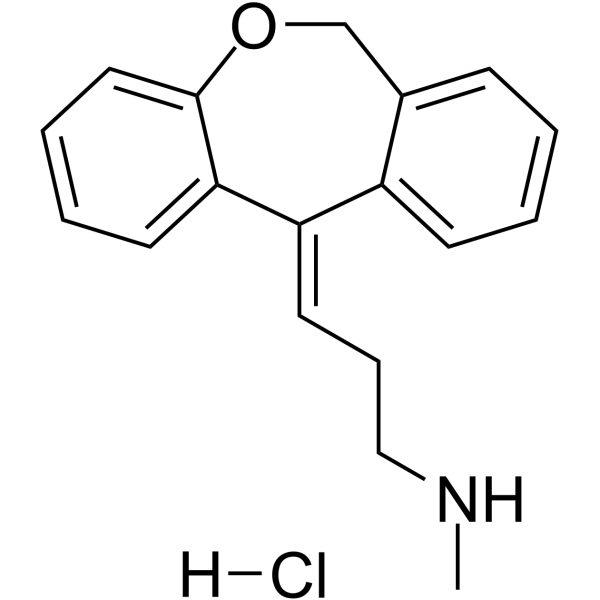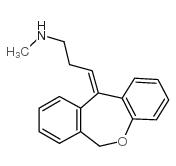| Structure | Name/CAS No. | Articles |
|---|---|---|
 |
nordoxepin
CAS:2887-91-4 |
|
 |
desmethyldoxepin
CAS:1225-56-5 |